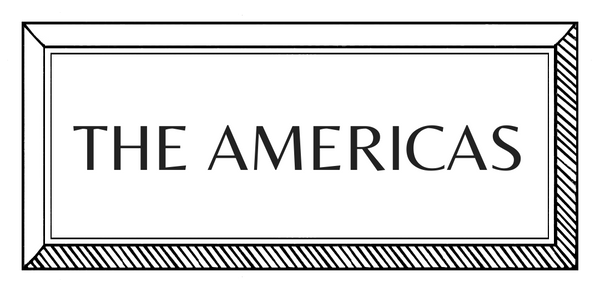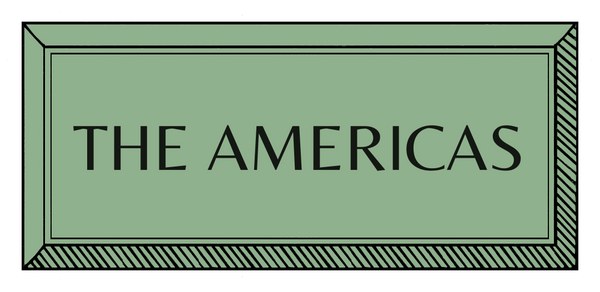CRAFT STORIES | EUROPE | ITALY | CERAMICS
Paint the Town with Speckles: The Story of Puglia's Much-loved Speckled Ceramics
 Pistachio green speckleware, characteristic of traditional Puglia © Rivesto
Pistachio green speckleware, characteristic of traditional Puglia © Rivesto
Step into the sunlit world of Puglia with the region's distinctive speckled ceramics, each piece a testament to local artisanal skill and centuries-old craftsmanship. These vividly patterned ceramics are more than splashes of color—they are totems of Italian heritage. Uncover their story with insights from ceramics dealer, Paul del Giglio, founder of Rivesto.
Table talk: A History of Speckled Ceramics
Speckled craftsmanship has been woven into the fabric of Puglian life for over 3000 years. During the eighth to fifth centuries BCE, the Apulia region of Italy was part of the Magna Graecia - the development of the Greek empire across the Mediterranean. Southern Italy's rich soils were captivating, particularly in Puglia where the Greeks harvested clay near Taranto for making pottery. Even the word ceramica originates from the ancient Greek word kéramos, meaning potter’s clay.
During the 14th century, ceramics were stored in masseria (farmhouses), which also stored olive oil and water. In Puglia today, masseria have evolved into family farmhouses or luxury hotels, such as Masseria Moreseta and Masseria Potenti. Characterised by thick, rustic clay, the hardy ceramics of this region remain useful for oils, and as plant potters for the indigenous Fico d'india cactus and olive trees.
Over many centuries, from the Magna Grecia to the Roman Empire, schizzato ceramics, and their production, have evolved. Techniques and kiln advancements have refined their artistry. Today, the region of Puglia is celebrated globally for its schizzato and exquisite, white enameled majolica, showcasing its legacy of ceramic traditions.
Grottaglie: A Family Affair
Few places demonstrate this legacy better than Grottaglie in the Puglian province of Taranto, which continues to draw ceramics lovers to its more than 50 workshops.
For 400 years, a small group of families in this regional city have masterminded the prolific, and skilled, production of schizzato, majolica, ruagnara (kitchenware) and faenzara (ornamental ware), passing their expertise down through generations.
The most notable, the Fasano family, have been crafting ceramics since the 19th century and continue to run Grottaglie's largest workshop, established by master ceramicist, Nicola Fasano, in 1968, while Nicola's daughter, Enza, and nephew, Antonio, each run their own successful workshops in the city too.

Tracing the Green Splash
Schizzato is often characterized by lively pistachio-green paint splatters, which symbolize a deep-rooted cultural heritage unique to Puglia. Rivesto founder, Paul del Giglio, highlights the speckle design as the ancient art of smammriato where the speckles provide the perfect “disguise for flaws in the glaze”.
The paint was applied by hand using natural brushes like thyme or olive branches. The green speckle enhanced the aesthetics, but also served another function. With schizzato often used as a vessel for fruit, oil or wine, the balmy green “deterred insects from ruining the contents”; a clever tactic still utilized in Puglia today.
The pistachio speckles are commonly found on thick clay passata bowls - used historically for washing fruits and vegetables or making passata sauce (hence the name). Equally, yeast pots, wine jugs and water decanters were imbued with the distinct pattern, telling tales of artisanal skill and traditional practices that have been cherished and passed down through generations. Each functional piece showcased a signature of the maker, etched with bespoke speckles of their blueprint region.
Today, Paul styles rustic passata bowls as "ornamental fruit bowls to add country charm to farmhouse tables", along with splattered jugs filled with florals to contrast with modern mid-century wooden furniture. Beyond tablescapes, Puglia's highly collectable speckleware can also be used as garden ornaments, Paul says, or as "unique wash basins with matching storage pots for hand towels and soaps”.

The surface application of each Cabana speckleware is created by hand, meaning each piece is unique with its characterful pattern.
Words by Emma Becque
Images from Alessandro Laraspata and Rivesto



















































